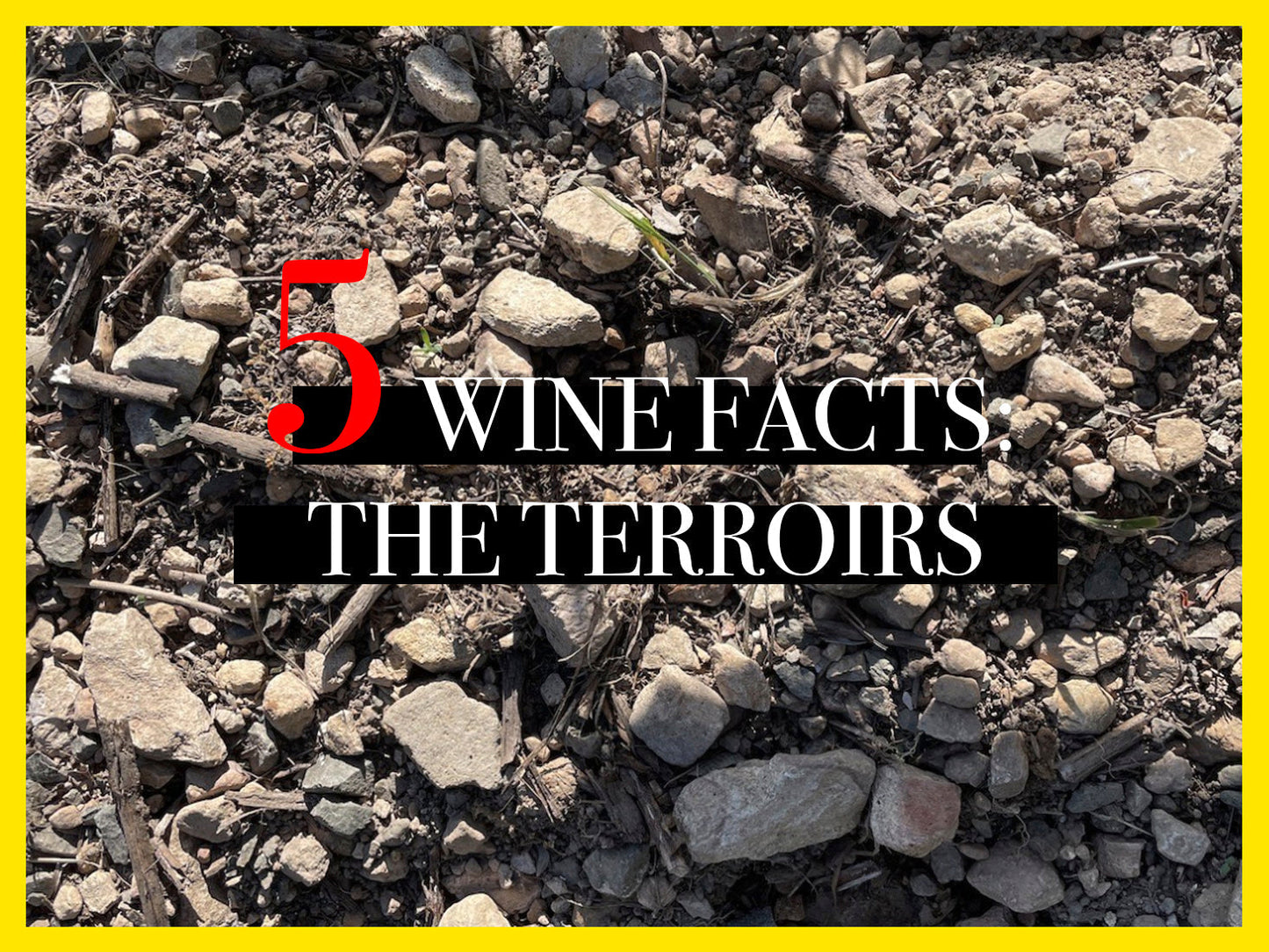
Text by: Symbolicwines.com
Terroir is one of those wine words that gets thrown around a lot – often with a reverent tone and maybe even a French accent. But beyond the romance, it’s a real, measurable concept that shapes every drop in your glass. Terroir is wine’s ultimate storyteller. It speaks in the minerality of a Chablis, the savory spice of a Syrah from the Northern Rhône, or the ocean-kissed salinity of a coastal Chardonnay. You can’t fake it – and that’s what makes it magic.
1. Terroir is more than just soil
Soils are only part of the story. Terroir also includes climate, topography, altitude, and even the microbial life in a vineyard. It’s the full environmental fingerprint that makes a wine from one place taste unlike wine from anywhere else.
2. Two vineyards, same grape – wildly different wines
Plant the same Pinot Noir clone in chalky limestone and in volcanic basalt, and you’ll taste two very different personalities. Terroir influences acidity, texture, aromatics, and ripening patterns – sometimes more than the grape variety itself.
3. Micro-terroirs can be just meters apart
A slope’s angle to the sun, a patch of gravel in clay, or even the wind pattern in one corner of a vineyard can create a “micro-terroir.” Winemakers often keep these parcels separate to capture subtle differences in a final blend.
4. Climate is terroir’s stage manager
Cool climates extend ripening, preserve acidity, and emphasize fresh fruit and herbal notes. Warm climates accelerate sugar accumulation, often leading to richer textures and riper fruit flavors. The same grape can swing from delicate to plush depending on where it’s grown.
5. Terroir is timeless – and changing
Terroir has defined wine for centuries, but climate change is forcing vineyards to adapt. Regions once too cold for certain varieties are now thriving, while others are rethinking grape choices or vineyard practices to preserve their sense of place.
